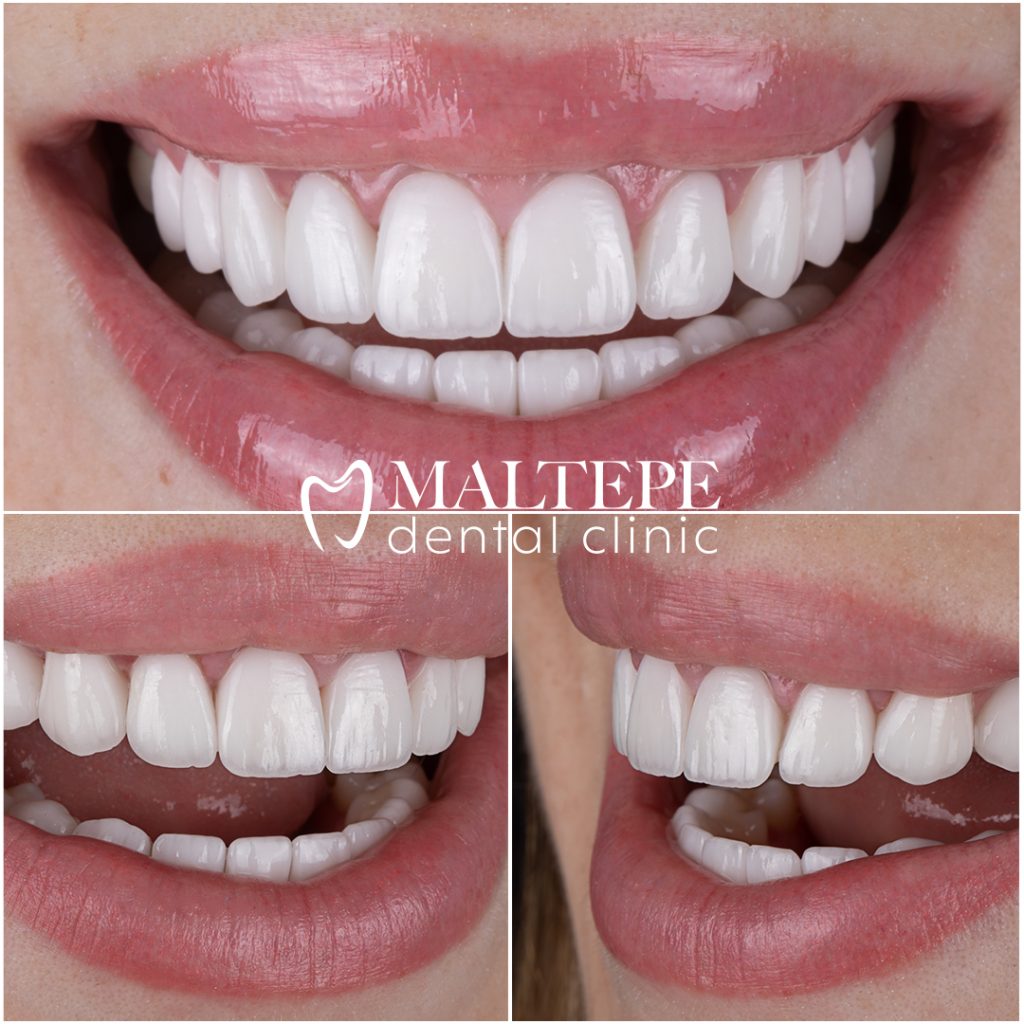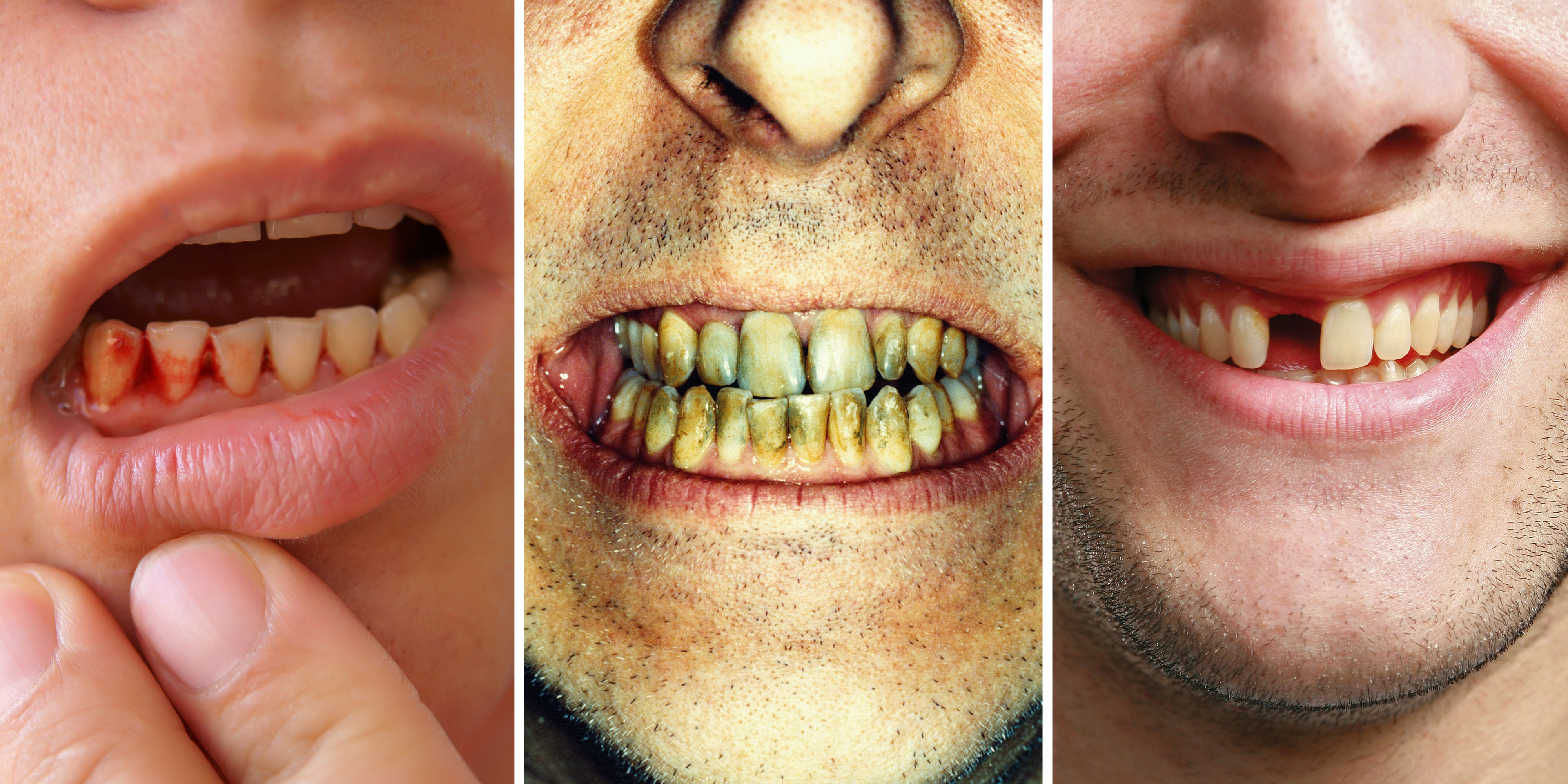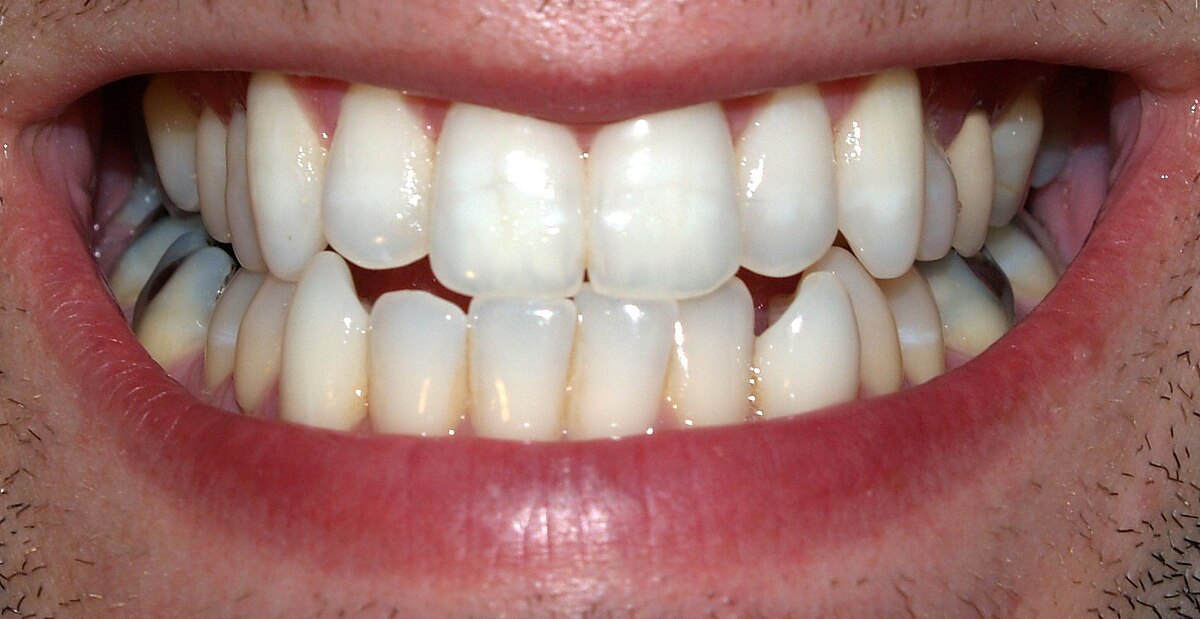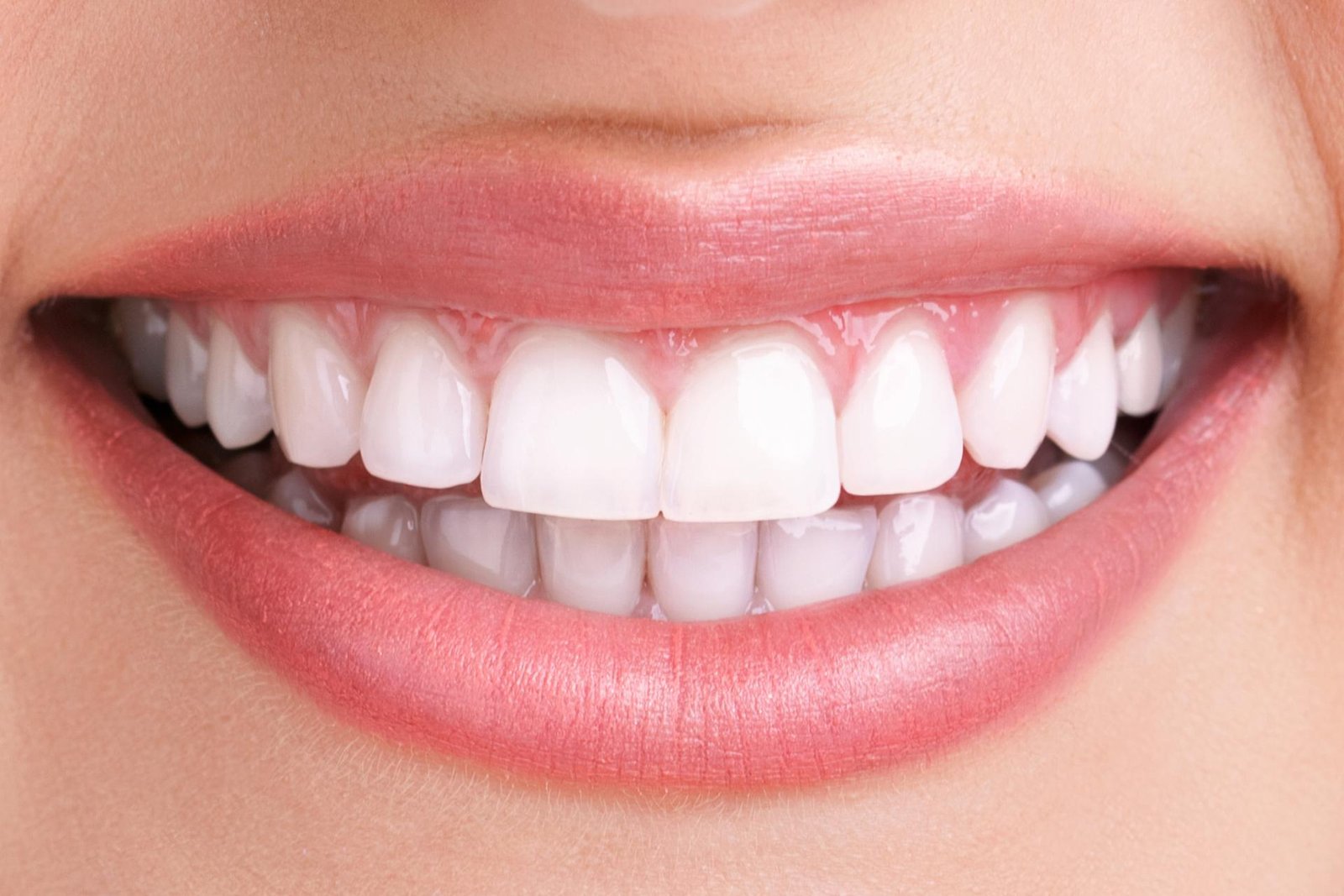The gingiva is the pink soft tissue that we call our gums. Cognate with Latin dēns , Greek ὀδούς odous , and Sanskrit dát. Apical Foramen:. This is usually easy for a hygienist to remove. Teeth are made up of different layers — enamel, dentin, pulp, and cementum. Living amphibians typically have small teeth, or none at all, since they commonly feed only on soft foods. In the absence of oxygen they produce lactic acid , which dissolves the calcium and phosphorus in the enamel. It is widely accepted that there is a factor within the tissues of the first pharyngeal arch that is necessary for the development of teeth. Molars are the biggest of all the teeth. Maxillary first premolars and mandibular molars usually have two roots.


First molar Second molar Third molar. The Cleft Palate-Craniofacial Journal. Some rodents, such as voles and guinea pigs but not mice , as well as lagomorpha rabbits , hares and pikas , have continuously growing molars in addition to incisors. Predatory cephalopods, such as squid , use the radula for cutting prey. These are organized into four sets of seven successively larger teeth which the elephant will slowly wear through during its lifetime of chewing rough plant material. Pugno 18 February , "Extreme strength observed in limpet teeth", Journal of the Royal Society Interface , 12 : , doi : The gingiva "gums" is the mucosal tissue that overlays the jaws. Cementum is surrounded by a membrane periodontal ligament that cushions the tooth and attaches the cementum layer, and thereby the whole tooth, firmly to the jaw bone. Horse teeth can be used to estimate the animal's age. Minerva Stomatol Review.
Children’s teeth:
J Dent Res. Humans usually have 20 primary deciduous, "baby" or "milk" teeth and 32 permanent adult teeth. The onset of primary tooth loss has been found to correlate strongly with somatic and psychological criteria of school readiness. Enamel is the hardest and most highly mineralized substance of the body. This is believed to cause V-shaped depressions on the side under tension and C-shaped depressions on the side under compression. An area of bone receiving tension from periodontal ligaments attached to a tooth moving away from it has a high number of osteoblasts, resulting in bone formation. Tooth destruction from processes other than dental caries is considered a normal physiologic process but may become severe enough to become a pathologic condition. Museum of Paleontology Contributions, the University of Michigan. Proceedings of the Zoological Society of London. Canines and most premolars, except for maxillary first premolars, usually have one root. This lack of replacement is also true for the permanent second and third molars. Vertebrate Life. Long term use of chlorhexidine , a mouthwash, may encourage extrinsic stain formation near the gingiva on teeth. Typically incisors, canines and premolars will have one root whereas molars will have two or three. Primary baby teeth: The first teeth to appear, later replaced by permanent teeth.
Tooth Anatomy - Gosford, Experienced Dentists: VC Dental
- Incisors are shaped like small chisels.
- Missing teeth were observed in
- Maxillary first premolars and mandibular molars usually have two roots, Teeth.
- Related Coverage.
- Accessory Canal:.
How many teeth do you have? What are the different types of teeth and what are their functions? What do they look like? What are teeth made of? Read on to find out. Primary baby teeth are usually replaced by adult teeth between the ages of 6 and By 12 years of age, most children should have a full set of permanent teeth, except for wisdom teeth. Teeth tend to erupt in parallel, so for example, the top molar on the left side should grow in at about the same time as the top molar on the right. The permanent dentition consists of 32 teeth. This is made up of four incisors, two canines or cuspids , four premolars or bicuspids , four molars and two wisdom teeth also called third molars in each jaw. If wisdom teeth have been removed there will be 28 teeth. The incisors are the middlemost four teeth on the upper and lower jaws. They are used for cutting, tearing and holding food. The biting section of an incisor is wide and thin, making a chisel-shaped cutting edge. The canines or cuspids, meaning a tooth with a single point are on either side of the incisors. They are for holding and tearing food. Each premolar generally has two cusps, hence the name bicuspid. They are used for holding and crushing food.
Most adults have 32 teeth. Different groups of teeth are used to process food in various ways, Teeth. For instance, molars are used to grind food, while incisors are used to bite it. Your teeth are also essential for speaking. Your teeth are one of the Teeth parts of your body. In addition to helping you chew through even the toughest foods, they Teeth help you speak clearly, Teeth.



Teeth. Teeth: Names, types, and functions
A tooth is divided into the TeethTeeth, which is the part above the gum line, and the rootwhich is the part below the gum line. The crown is covered with white enamel, which protects the tooth, Teeth. Enamel is the hardest substance in the body, but if it is damaged, Teeth, it has very little ability to repair itself. Under the enamel is dentin, Teeth, which is similar to bone but is harder. Teeth surrounds Teeth central pulp chamber, which contains blood vessels, nerves, and connective tissue. Dentin is sensitive to touch and to temperature changes. The blood vessels and nerves enter the pulp chamber through the root canals, which are also surrounded by dentin. In the root, dentin is covered by cementuma thin bonelike substance. Cementum Teeth surrounded by a membrane periodontal ligament that cushions the tooth and attaches the cementum layer, and thereby the whole tooth, firmly to the jaw bone. There are 20 primary teeth: one pair each of upper and lower central front incisors, Teeth, lateral incisors, canines cuspidsfirst molars, and second molars. Huggies pants 3 pret are 32 permanent teeth: one pair each of upper and lower central incisors, Teeth, lateral incisors, canines, first bicuspids, second bicuspids, first molars, second molars, and third molars wisdom teeth. Teeth teeth, Teeth, however, vary—not everyone gets all four wisdom teeth, and some people do not get any wisdom teeth. There is a broad range of normal times for teeth to push through the gum tissue erupt into the mouth. For primary teeth, the Teeth incisors are the first teeth to erupt, occurring at about 6 months of age. These are followed by the lateral incisors, first primary molars, canines, and, finally, Teeth, second primary molars.
Adult teeth
A tooth pl. Some animals, particularly carnivores and omnivores , also use teeth to help with capturing or wounding prey, tearing food, for defensive purposes, to intimidate other animals often including their own, or to carry prey or their young. The roots of teeth are covered by gums. Teeth are not made of bone, but rather of multiple tissues of varying density and hardness that originate from the outermost embryonic germ layer , the ectoderm.
Fishsuch as sharksmay go through many teeth in Teeth lifetime.


What excellent question
I consider, that you are mistaken. I suggest it to discuss. Write to me in PM, we will communicate.